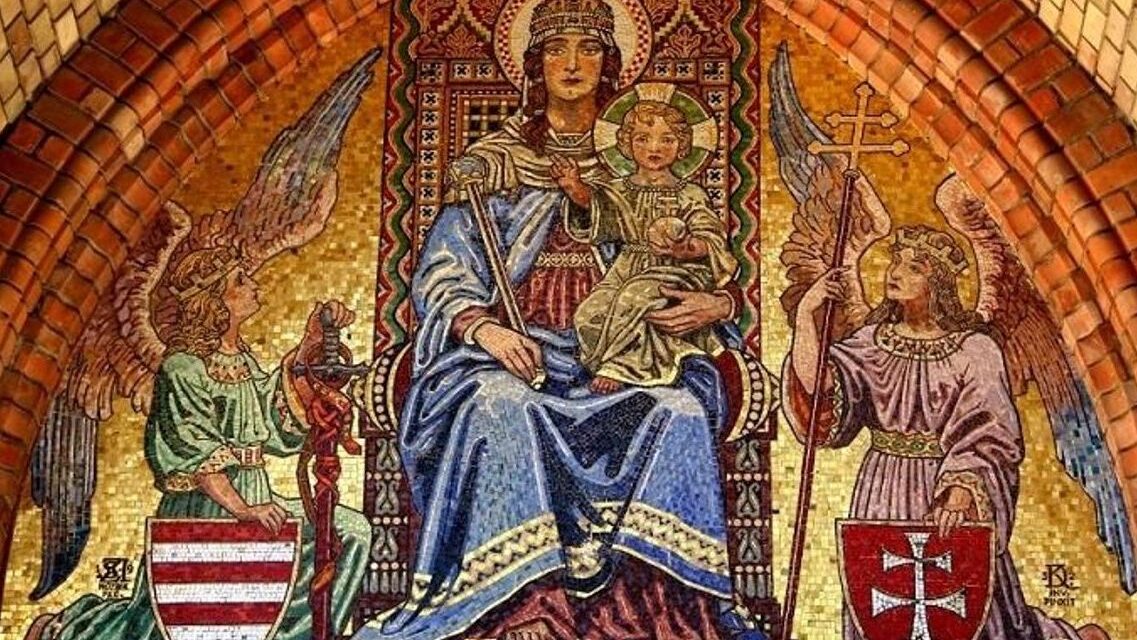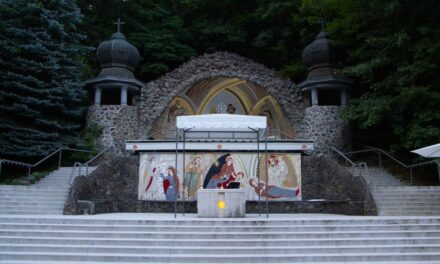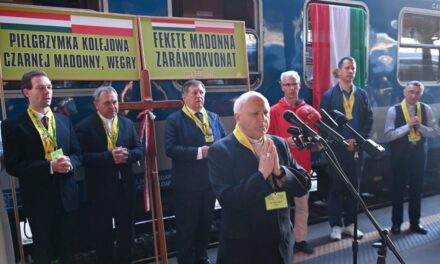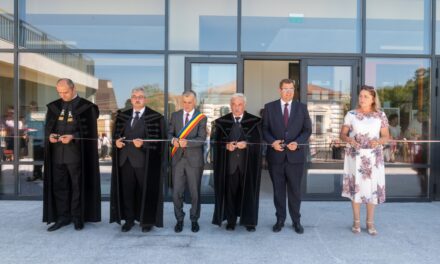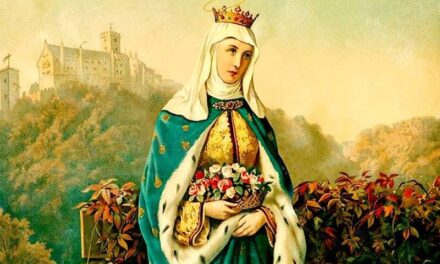"About Hungary, our sweet country, don't forget about the poor Hungarians."
Before his death, the founding king of our state, Saint István, offered his crown and his country to the protection of the Virgin Mary. This is where the old Latin Catholic name of our country comes from, Regnum Marianum, which means: Kingdom of Mary. Since the offering, the Hungarian people have honored Our Lady as the Mother of the Hungarians, also known as Our Lady of Protection. On this day, the Catholic clergy and faithful still ask for the intercession of the Virgin Mary for Hungarians and the Hungarian nation.
According to the Roman Catholic tradition, on October 8, the day of Our Lady of Hungarians (Latin: Patrona Hungariae), we celebrate the patronage of Our Lady protecting the Hungarians.
In addition to the Day of the Blessed Virgin Mary and the Day of the Virgin Mary, Patrona Hungariae is a less well-known holiday nowadays, although on the 1000th birthday of the Kingdom of Hungary, at the request of Prince-Primate Kolos Vaszary himself XIII. Pope Leo authorized it.
In 1896, the first memorial day was held on the second Sunday of October, then Pope Pius X changed the date to October 8. On this day, the Catholic clergy and faithful still ask for the intercession of the Virgin Mary for Hungarians and the Hungarian nation.
Our country was offered by King Saint István in 1038 on the feast of Our Lady.
In the legend from Bishop Hartvik, it is written like this:
"Finally, by the mercy of God, worthy of a hundredfold reward, a fever took (the king) off his feet, and when there was no longer any doubt that the day of his death was soon, he summoned the bishops and the great men who glorified the name of Christ in his palace. First, he discussed with them who should be chosen as king in his place. Then he admonished them in a fatherly manner to preserve the true faith which they had gained, to love the truth, to like the chains of heavenly love, to practice love, to care for humility, but above all to grow in the tender plantation of Christianity. After these words, raising his hands and eyes to the stars, he exclaimed: "Queen of Heaven, illustrious restorer of this world, in my last pleas I entrust the holy church with the bishops and priests, the country with the people and the lords to your protection; saying my last goodbye to them, I commend my soul into your hands."
The followers of the Kingdom of Hungary and their leaders insisted on honoring the Virgin Mary in a special way, until today. King Szent László was called "Virgin Mary's chosen hero", during the Tatar invasion IV. King Béla offered his daughter Margit to Mária, and he also started building the Church of Our Lady, better known as Mátyás, in Budavar.
"We yearn for you, gracious Virgin, if you don't guide us, we will get lost, so teach us what to do. Have mercy on me and mine"
- can be read on the mural of the Szepeshely Cathedral, where Archbishop Róbert Károly and Tamás of Esztergom - after King István - repeatedly offered Hungary to Mary. Before Ferenc Kölcsey's work, the national anthem of the Catholic Hungarians was a song beginning with Our Lady, which ends like this:
"About Hungary, our sweet country, don't forget about the poor Hungarians."
The faith in Mary during the time of subjugation was preserved throughout and meant hope for the faithful. After the expulsion of the Turks, the Hungarian King Lipót I thanked the Hungarian Lady in Vienna in 1693 that the kingdom was freed from the oppression of the Ottoman crescent. He promised that the destroyed churches would be rebuilt.
The depiction of the Virgin Mary as a Woman Clothed in the Sun became the central element of the constructions and iconographic representations that began in the Baroque era. This is when the Hungariae-type iconographic representation of Mária Patrona, which is still valid today, also takes shape. The crescent at Mária's feet - which for centuries represented the Turkish threat - was transformed into a cornucopia.
Source: Hungarian Nation
Cover image: Our Lady of Magyars - Their glass mosaics above the entrance to the parish church of Saint Anthony of Padua in Békéscsaba (Source: Wikipedia)

